KMHL Corporate Structure
The Kumul Minerals Corporate Structure as defined by the enabling legislation is depicted in figure 1. The National Executive Council of the Government tops the structure and below it is the Prime Minister who is the Trustee Shareholder. The Kumul Board of Directors reports to the Trustee Shareholder and the Managing Director to the Board. The Minister for Treasury is the Beneficiary Shareholder.
Shareholding
The Prime Minister is the Trustee Shareholder (may also be called the legal owner) of the sole issued ordinary share in Kumul Minerals holding that share on trust for the benefit of the State as Beneficial Shareholder. The Trustee Shareholder has all the powers of a shareholder.
Board and Committees
The Kumul Minerals Board is an independent board. The Company’s Constitution requires that the majority of the directors must be Papua New Guinea citizens, who are independent of the State and are suitably qualified and relevantly experienced persons. All directors satisfy the stringent requirements of the Fit and Proper Persons Guideline for the Appointment of Directors as set out in the Kumul Minerals’ Constitution, the Kumul Minerals’ enabling Act and as adopted by the Trustee Shareholder.
The Board is responsible under the Company Act 1997 for management of the Company, through which it facilitates the appointment of the Managing Director and Management. The Board reports to the Trustee Shareholder.
The Kumul Minerals’ Board has the following standing committees; a) Finance, Audit and Risk Committee; b) Investment Committee; c) Human Resources and Remunerations Committee; and the Nomination Committee.
The role of the FA & FC is to assist the Board in fulfilling its responsibilities of administering the Company’s financial policies, financial reporting, compliance with legal and regulatory requirements, the systems of internal control and its risk management framework.
The Investment Committee is not a policy-making body however it assists the Board by implementing investments decisions which require Board approval. In performing its role, the responsibilities of the Committee include, but are not limited to:
- Approving any invest any investment or divestment proposal within the investment policy of the company;
- Pre-approve any investment or divestment proposal prior the submission to the National Executive Council or the Minister as required by the law;
- Review those proposed investment opportunities either identified by or formally submitted to the Investment Committee for consideration, to ensure those investment opportunities meet the Investment Criteria established by the Board;
- Assist and advise on the terms of any investment;
- Review and recommend financing for the Investment Opportunities;
- Oversee legal, technical and economic due diligence on Investment Opportunities;
- Identify and manage potential conflict of interest;
- Make recommendations to the Board; and
- Review the performance and outlook of the portfolio.
The role of the Human Resources and Remunerations Committee is to assist the Board in fulfilling its responsibilities of overseeing the overall human capital and remuneration strategy and supporting the policies of the Company, and its specific application to the Business Plan 2023-2025.
Finally, the Nomination Committee assists the Board in fulfilling its responsibilities and making recommendations to the Board in relations to Board succession planning generally the induction and continuing professional development programs for the directors.
